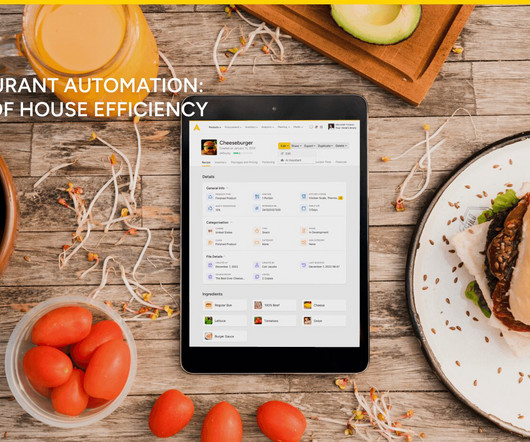How to Create an Effective Restaurant Onboarding Process
7 Shifts
NOVEMBER 12, 2020
What documentation to give out and collect during onboarding. It usually involves an orientation, paperwork collection, and training. Day Two Training: Learning how to do your job with a training manual, in-person classes, online learning, and shadowing. Day Three Role-specific training. Customer service training.















Let's personalize your content